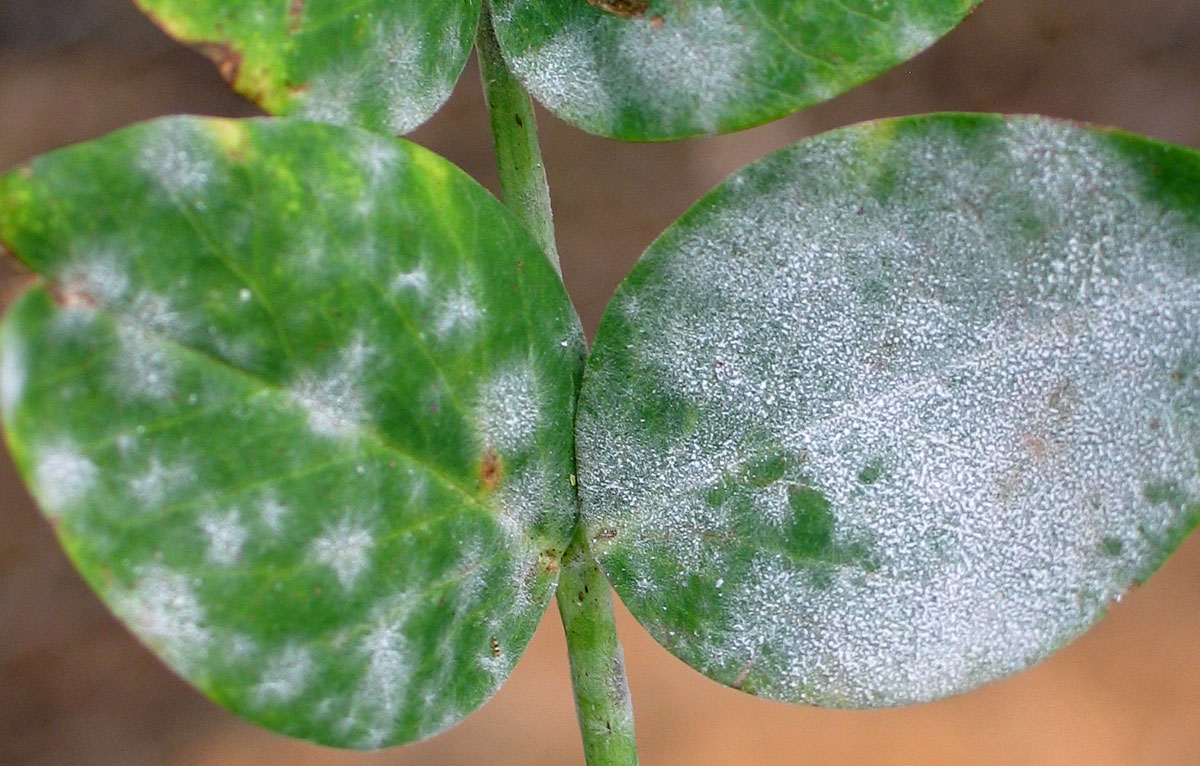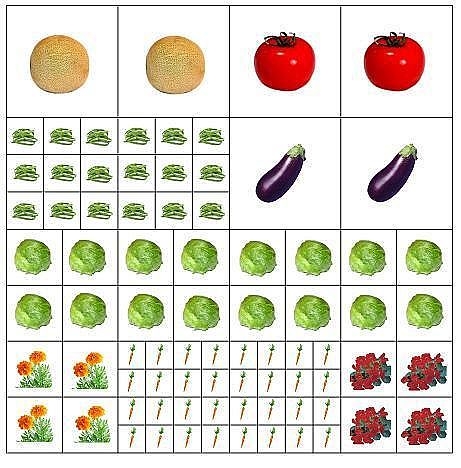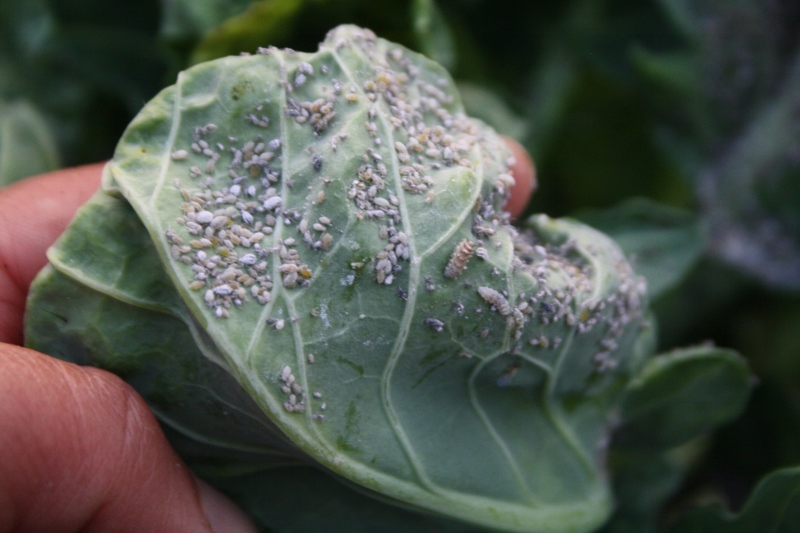Guide to Garden Growth
Gardening can be a bit daunting (because living things), but it is not particularly difficult. Remember that – above all else – the plants want to grow. They want sun (check), soil (check), and water (that’s on you), and to make copies of themselves.
Watering
The rule of thumb for watering plants is 1” water per week. An easy way to measure this is to put a tuna can in the area you’re watering. When there’s 1” of water in the tuna can, congratulations – you’re done. When it rains a lot, congratulations – there’s your inch. You may need to supplement in drier conditions or when it’s very hot. You’re better off watering deeply once a week (really hitting that full inch – which definitely takes longer than you think it does), rather than several times a week more shallowly. If plants are getting little bits of water in spurts, their roots will stay at the surface (where you’re watering), which is also the first part of the soil to dry out. So they’ll be more susceptible to drying out and the bad things that come along with that (see: diseases, below). Watering deeply encourages them to set deep roots, which means they’re better able to withstand periods between rain storms or when you go on vacation.
Watering (ironically) is also one of the better ways to spread plant diseases. As much as you can, water at the base of the plant, limiting splash up onto leaves. It’s also good to make sure that plants go to bed dry. Wet leaves at night are good hosts for diseases, so always try to water in the early part of the day when the leaves have time to dry (but not in the middle of the day, when everything just evaporates). Also try not to handle your plants when they’re wet – wait for a dry day to harvest so that your hands aren’t taking things between plants.
Plants
If you’re new to gardening, you’re almost bound to have a great season. You’ll be thrilled by whatever grows really well (because something will), and not let down by the things that don’t thrive (you’re new, after all). It’s in subsequent years that you’ll think, “Now, why didn’t that grow as well as last year?”, and blame yourself. So, with that burden lifted, let’s talk plants.
Plant families
Most of your eatin’ plants can be divided into the following categories: Allium (onions, garlic), Brassica (kale, broccoli, cabbages), Legumes (beans, peas), Nightshades (tomatoes, potatoes, peppers, and eggplants), and Cucurbits (cukes, melons and squashes).
Seeds vs. Seedlings
Some plants grow better from direct seeding, while others can get a jumpstart by being started earlier in a greenhouse and planted as seedlings. Can you put a tomato seed right in the ground? Absolutely. Can you also spend $3 to get an awesome little seedling that’s already 8” tall? Yup.
Some Plants best grown from direct seeding:
- Radishes
- Beets
- Peas
- Beans
- Many greens
Weirdos:
- Garlic is planted in the fall from cloves
- Onions are best grown from ‘sets’
- Cucurbits go either way
Plants best grown as seedlings:
- Tomatoes
- Peppers
- Eggplant
- Kale
- Chard
- Most herbs
Selecting plants
Timing
The biggest thing is checking into the plants you want to grow to see when they like to grow. Some plants, like kale, chard, spinach, start earlier in the season, and can withstand colder temperatures. Plants like tomatoes are ‘tender,’ which means they are easily killed by frost. They shouldn’t go into the ground until after last frost (pretty much any time in May, but they’ll take off the warmer it is, so don’t worry about planting them too late.) Greens like arugula like it colder, so they’ll ‘bolt’ in hot weather – they’ll shoot up and try to go to seed as fast as possible. So don’t grow arugula in July.
Types
That being said, there are varieties of plants (particularly seeds) you can buy that have been bred to handle conditions. There is ‘slow bolting’ cilantro that can handle summer temps a bit better, and there are tomatoes that are bred to be better adapted to the cold.
You may also want to choose plants to fit the space. In particular, there are two kinds of tomatoes: determinate and indeterminate. Determinate tomatoes will only grow to a certain size, and will set tomatoes all at once. Indeterminate tomatoes will continue to grow throughout their life cycle and will set tomatoes over a few weeks. Most tomatoes you will find are indeterminate.
Disease resistance and drought tolerance
Hot + sad dry plants = more susceptibility to disease. Look on your seed packets and your seedlings to see if they have disease resistance or tolerance to drought. Definitely choose these varieties when you can. It’ll be noted either by saying ‘disease resistant’ or marked with a code for the type of resistance (i.e., a tomato that is resistant to Verticillium and Fusarium wilts will be marked VF).
Selecting seedlings
When selecting seedlings, look for compact, healthy-looking plants. Check for any yellowing or browning leaves, insects or insect damage. Plants that are overly tall and gangly are called ‘leggy.’ They didn’t get enough sunlight as children, and will be delinquents. If you don’t like the looks of the plant, don’t buy it.
Planting
There are about a million guides for when to plant (Google around), but this chart seems pretty right on for Chicago. But don’t feel that you can’t put something in a week later if you miss a date – most things will be just fine.
Spacing
Most seed packets and seedling containers will tell you how far apart to plant your seedlings. You can probably go a little closer than they recommend, but don’t go crazy. You can have 25 awesome carrots or 50 tiny, weird carrots. If you’re planting seeds, pay attention to the thinning recommendations – and make sure to do it.
Think carefully about your space, with a focus on how large your plants will get. Put another way, don’t look at the puppy, look at the size of the momma dog. You will be tricked by cute tomato seedlings, but the grown plants can reach more than 4’ tall. You’ll have healthier plants (and likely more production) from a plant that has adequate space for airflow, etc.
Companion planting
Some plants get along together, some don’t. Fennel has it out for everyone. A good rule of thumb is to think about plants in terms of meals – tomatoes and basil go great together and they grow great together. Eggplant and cabbage seems off, and they don’t grow well together. This is called companion planting, and it’s a pretty awesome way to think about your garden – so long as you don’t let it dictate all your choices. They’re not going to kill each other (except for fennel), but there are pairings that can help plants grow even better.
Flowers
Flowers can go a long way to helping your garden grow. Marigold (French), borage, alyssum, and tansy, among lots of other flowers, can help attract pollinators, predatory insects, prevent disease, etc. We strongly recommend planting at least one marigold in your plot.
Succession planting
The thing people always want to do, but have trouble actually doing. In theory, you can be organized enough to plant a second group of carrots, lettuce, beans, etc. 10 days to two weeks after the first round to keep your harvest going all season long. Don’t beat yourself up if you don’t get to it.
Planting seedlings
Break up the root ball. Seedlings grown in containers have roots that will conform to the shape of the container. When you pop out your seedling to plant in the ground, make sure you gently break apart the shape and spread the roots out a bit. If they are really rootbound (tough and circling roots), you can make vertical cuts on the sides of the roots or even cut the bottom of the root ball off. If you don’t help the roots grow out into the ground, they will actually stay in that shape, which will hurt their stability and water uptake.
Deep planting
Most plants should be planted at the same level as they arrive in the container. The exceptions are tomatoes and basil. With these guys, you can clip off all but the top few leaves and bury the stem right up to those leaves. The plants will grow roots all along the buried stem, helping the plants get more water and increasing their stability.
Tending
Mulch
The best way to make sure plants grow up big and strong is to make sure they’re not competing for resources (i.e., against weeds). We recommend 2”-3” of mulch around your plants. Leave a couple inches around the base of each plant so they can do their thing.
Diseases
The bad news – there’s a huge host of diseases that attack every kind of plant out there. The good news – helping your plants grow strong and maintaining a good environment for them to grow in limits the ability for diseases to take hold.

Things to look for are yellowing leaves, sudden drooping of leaves (and not because you haven’t been watering), or anything that looks just plain unusual. If you are growing any type of squash or cuke, you will be getting powdery mildew this summer. Keep an eye out for it, and work to mitigate it. It’s just what happens – shouldn’t affect your harvest or discourage you from planting anything.
Insects
Hopefully, most of the insects you’ll see around the garden will be pollinators attracted by your vegetables and flowers. There are, however, some guys to look out for and take proactive action against:
If you see a bug you don’t recognize, research them. Don’t necessarily kill every bug you see – many of them are beneficial.
Advanced Placement
Companion planting
As mentioned above, companion planting can be a good way to plan out your garden. You can even eliminate the need for mulches through dense planting that uses various plants’ sizes and relationships to make your garden healthy. This requires quite a bit of planning, but results in beautiful and high yields when pulled off. Here’s a good book on the topic.
Square foot gardening
Square foot gardening uses spacing and strict planting patterns to achieve high yields in small spaces. Depending on its size, each crop is assigned a number of the item you can fit per 1ft x 1ft square.

There are numerous resources out there about the practice, both online and in print. The original book remains the best resource.


